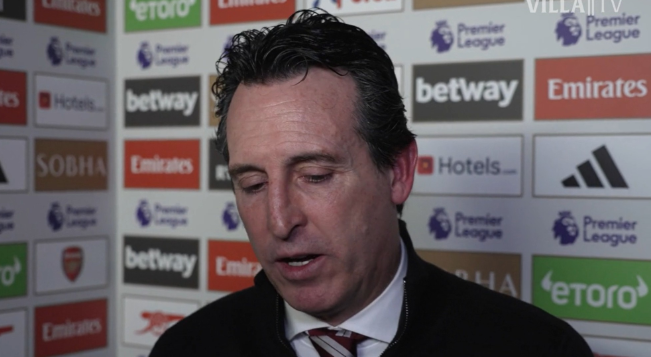In recent years, technology has been changing rapidly in every corner of our daily lives, and this progress is no exception in sports events. For a long time, large-scale sports events are often seen in the application of new technologies, from the end of the last century, IBM introduced the Wimbledon Open players serve, into the 21st century when the introduction of assisted decision-making systems, such as soccer games, goal-line technology (goal-line technology), the broadcasting work there are a lot of innovative technologies, including the use of the Spider Camera (Spidercam). There have also been many innovations in broadcasting, including the use of Spidercam.
The World Cup also has many technological highlights, such as the use of semi-automated offside detection technology (semi-automated offside technology, referred to as SAOT), through the artificial intelligence lens to track the ball as well as the player's body data points, and to assist the referee to make a decision. International Federation of Association Football (FIFA, hereinafter referred to as FIFA) and the International Association of Professional Footballers (Fédération Internationale de Footballeurs Professionels) cooperation, the launch of real-time viewing of the player's performance of the application program, with the field of play with multiple angles of the camera lens, to provide players in the match immediately after the check their own The application, together with the multi-angle camera on the field of play, provides players with the opportunity to check their technical performance immediately after the match and, together with a highly accurate tracking system, assists players in creating their own video profiles. In this article, we will analyze the application and innovation of technology from four aspects: tournament management, stadium construction, soccer equipment and broadcasting technology.
Offside in soccer has always been one of the most controversial issues, in order to reduce disputes and enhance the fairness of the tournament, FIFA will launch a semi-automated offside determination system (Semi-Automated Offside Technology, referred to as SAOT), which relies on 12 tracking lenses set up in the stadium to track the ball as well as the position of all the players, and is calculated by the Artificial Intelligence. This system relies on 12 tracking cameras installed in the arena to track the ball and the position of all players, and the artificial intelligence will collect big data of the players' hand and foot positions to confirm the players' positions at any time.
When there is an offside, the detection component will transmit the ball's position data to the Video Assisted Ruling Room, and after confirming the ruling, a 3D animation will be formed and displayed on the stadium's large screen. The system is accompanied by a secondary judgment system (VAR), which was introduced at the 2018 Russian
Roth (name)
The World Football Championship has begun to use, this time the system covers four groups, the first group is mainly referee communication, the second group is to review the field controversy picture, the third group is specialized in SAOT, the fourth group is to connect with the media broadcasting.
The Technical Committee of this year's WFC has also developed the Player App, which was tested at last year's FIFA Arab Cup 2021 and continues to be used at this year's WFC. This is the first time at a WFC that players will be able to watch their performance immediately after the match through the app.
Players can freely share and upload their photos from the app to various social media outlets, which are powered by multiple cameras installed in the arena that can capture the players from multiple angles and edit their key moments for specific players, so that players can observe their movements in detail from different perspectives.
The system uses semi-automated offside technology and three metrics to obtain player information, including enhanced soccer data metrics, physical performance metrics, and enhanced soccer intelligence metrics. Enhanced football data metrics, physical performance metrics, and enhanced football intelligence metrics. The team also has a full-time sports analyst to analyze the subsequent matches.
Soccer data measures whether a player is actively receiving the ball, or whether a player's pass successfully breaks through an opponent's defense; physical performance measures can capture a player's position through thermal imaging sensors, and how many times a player makes a move above a specific speed; and game intelligence measures can analyze current game conditions or tactics, such as where a player passes or receives the ball, or how much pressure they put on a defending player. pressure on the defense.
There is also goal-line technology, which was used at the 2014 World Football Championship in Brazil. The system uses 14 high-speed cameras installed in the stadiums, and the data from the cameras can be used to create 3D animations that, like the semi-automatic offside technology mentioned above, can be shown on television and on large screens inside the stadiums, which can help to minimize the number of disputes in the matches.
Eight venues have been opened for the 2022 World Football Championship in Qatar, and the 40,000-seat stadium at the 974 Soccer Stadium near the capital's Duha Hamad International Airport features a modular steel structure and colorful containers to create the first demountable stadium in the history of the World Football Championship.
The overall design of Stadium 974 incorporates a highly efficient cooling system and renewable energy to generate electricity. Not only are all the building materials recycled and reused, they can also be dismantled and recycled after the tournament, making it the first stadium in the history of the World Cup to be completely dismantled.






























